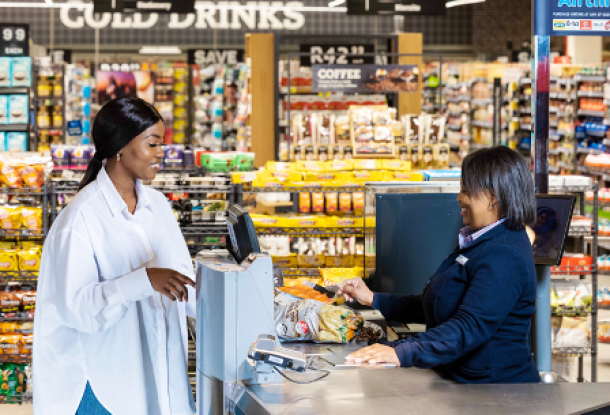20 possible IoT trends in South Africa by 2020
The Internet of Things (IoT) has already changed our world. In the future, anything that can be connected will be and every machine will be connected with the aim to improve lives and positively impact businesses.
Global predictions vary, with anything from 12 billion to 30 billion IoT devices expected to be connected to the internet by 2020. The developing world will hold a large portion of that tally (GSMA predicts nearly 60%). African Analysis forecasts that the IoT installed base in South Africa will reach 35 million by 2020. The number of connected things will be unprecedented and IoT could solve many of the issues Africa is facing – especially those caused by social and economic challenges.
What are the use cases? We believe it’s all about the management of either people, assets and/ or processes. Here is a list of current or potential IoT value propositions that we’re likely to see in action in future:
- Agriculture: Sensors placed in the soil enable farmers to track acidity levels, temperature and other variables to assist in improving crop yields. Biochip transponders help keep track of animals, for example connected cows. Access to real-time information, such as weather conditions, and interconnectivity with operators, dealers, buyers and agricultural consultants can help farmers enhance productivity and increase efficiency. Vodacom’s Connected Farmer platform as an example will link thousands of smallholder farmers to the agriculture value chain.
- Mining: The mining sector is using sensors to detect dangerous methane levels and rock movement in mines to improve workplace safety.
- Petroleum industry: Fuel pipelines are fitted with sensors to monitor for leaks.
- Manufacturing: Manufacturers use smart sensors to enable real-time plant monitoring and optimisation. For example, an overheating machine in a factory might send an alert to a supervisor.
- Utilities: Some local municipalities are already using internet-connected smart metres to measure household utility usage. These devices can be used not only to measure power and water usage and provide feedback to customers, but also automatically adjust the system’s parameters based on demand. Municipalities could also use IoT to track refuse collection and emptying.
- Retail: Product and shelf sensors could automatically trigger stock orders as shelves empty. Predictive analytics could help optimise this process. Merchants could use smart beacons to track customers in-store so that they can optimise the layout of their stores.
- Hospitality sector: Some hotels are already using infrared sensors to detect body heat so that staff know when rooms are empty and can enter to clean them.
- Connected elevators: Systems could enable data from elevator sensors to be monitored, analysed and displayed in real-time, improving equipment performance, reliability and safety.
- Traffic: Intelligent traffic lights are helping to ease traffic congestion. These smart traffic control systems are using real-time data and mimicking human reasoning to make effective traffic routing decisions.
- Transport: The concept of placing a SIM card into a vehicle to track its performance was born in South Africa. Connected cars are becoming mainstream, designed to offer infotainment and other in-vehicle digital services for drivers. Connected car technology can assist in avoiding traffic and finding a parking space, even parking the vehicle for you. In fleet management, some businesses are already using telematics to track the location of their vehicles, monitor driver behaviour and route efficiency.
- Logistics: Sensors placed on parcels or shipping containers help track goods, reducing costs associated with lost or damaged items. Logistics services alerts let customers know the delivery time for a parcel or when a service provider will arrive based on the real-time data from a vehicle tracker. Vehicle telematics can also be used to monitor traffic data and reduce food wastage during transport.
- Business: IoT technologies enable employee mobility and help the business bottom line by lowering operating costs, enhancing productivity and allowing borderless enterprise. Small companies can selectively use the technology to transform their business processes, drive efficiencies and serve their customers better. Affordable mobile apps and point of sale devices enable plumbers, electricians and other mobile traders to record customer details, draft quotes and invoices and obtain payments on the go.
- Connected home: A smart, connected home can help its occupants improve energy efficiency and control security through remote-controlled thermostats, door locks, lights and security cameras.
- Wearables: You probably know someone who wears a fitness tracker or smart watch. Taken to the next level, sensors in running shoes for example, will track distance. In future, wearables will focus on specific tasks with the smartwatch as the central network hub, leading to the “Internet of the Body”.
- Health: Healthcare will be the leading application of wearables over the next few years, using smartphones and wearables to monitor a person’s health remotely. Stock Visibility Solution, which is a custom-built using mobile application, monitors medicine stock levels and assists in reducing medicine stock-outs across remote clinics.
- Connected pets: A further application of wearables is to keep track of and monitor the health of pets.
- Wildlife monitoring: Endangered animals (like the black rhino) are being given an ankle collar that is connected to the globalIoT network and which relays movement and exact geo-location data back to anti-poaching teams.
- Usage-based insurance: Due to vehicle telematics, driver behaviour based solutions are now offered by insurers as a tool to improve driver behaviour and reduce incidents. However, as commuters look to Uber services, self-driving cars and even Commuter Cars, where a car is hired for a single trip, insurers will need to adapt their cover accordingly, perhaps insuring per trip in the future or even insuring the person based on their driving behaviour as monitored through vehicle/wearable tracking units.
- Banking and payments: Artificial intelligence is being used in banks for automatic check readers and signature verification systems, together with cameras for automated face detection, for automatic location recognition from your web surfing and for automatic fraud detection. In the future, we may see teller-assist ATMs provide a live-stream video of a teller for enhanced customer support.
- Education: We’re moving from online courses to a fully digitised classroom of the future. Mobile app ‘Cognition Online’ allows parents and students to find tutors in their area by subject specialisation, book lesson times and pay easily. Tutors can accept bookings via the app and receive their payment from Cognition Online. Parents and tutors are free to negotiate fees and both tutors and pupils can be rated by the system.
Deon Liebenberg, Managing Executive: Internet of Things at Vodacom
News Category
- International retailers
- On the move
- Awards and achievements
- Legislation
- Wine and liquor
- Africa
- Going green
- Supplier news
- Research tools
- Retailer trading results
- Supply chain
- Innovation and technology
- Economic factors
- Crime and security
- Store Openings
- Marketing and Promotions
- Social Responsibility
- Brand Press Office
Related Articles
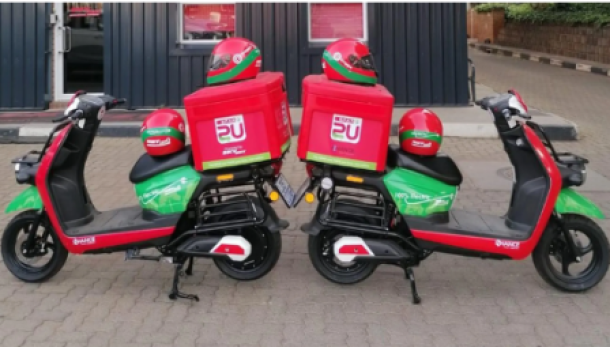
Two local businesses see a gap as food and groc...
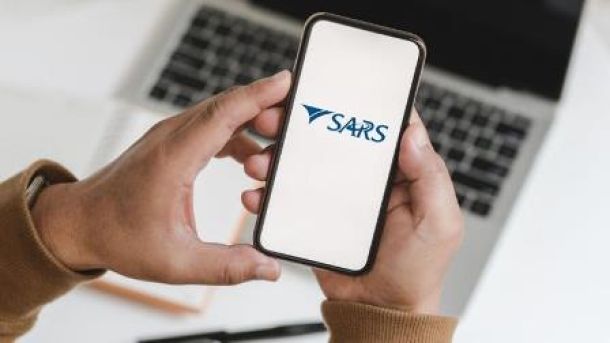
SARS launches WhatsApp channel to help check ta...
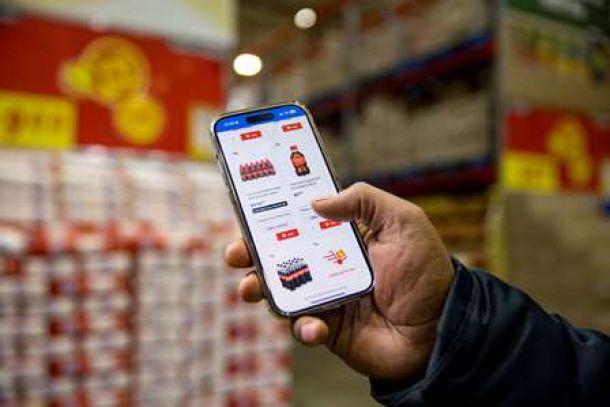
Shoprite launches online shopping and bulk deli...
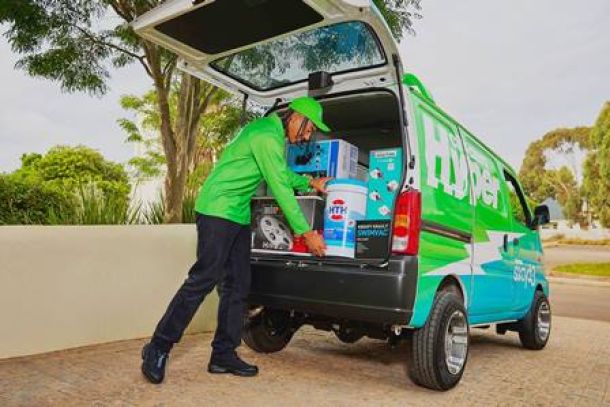
Sixty60 promises lightning-fast delivery of 10 ...
